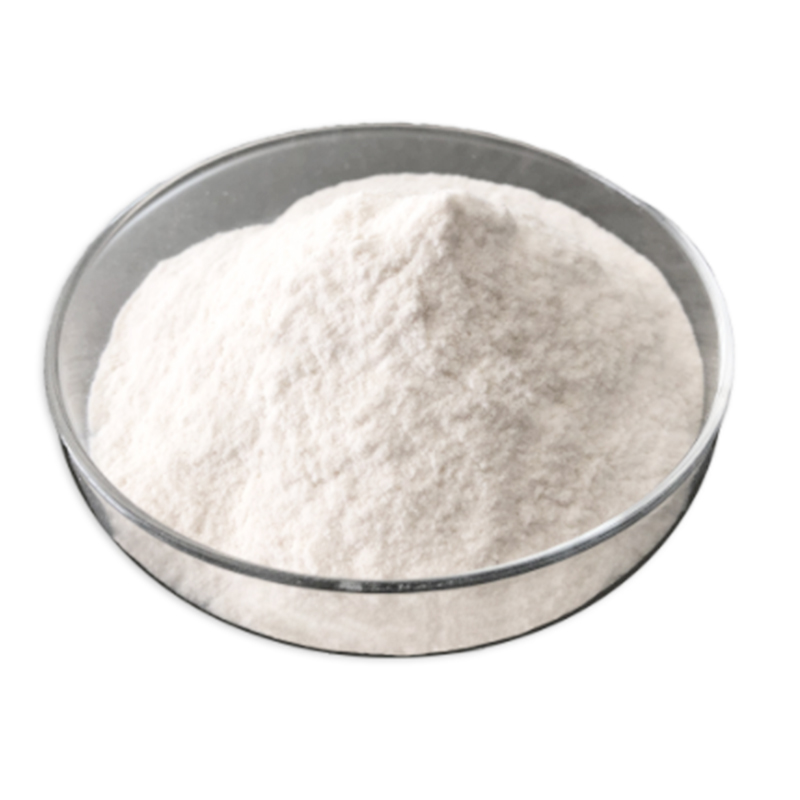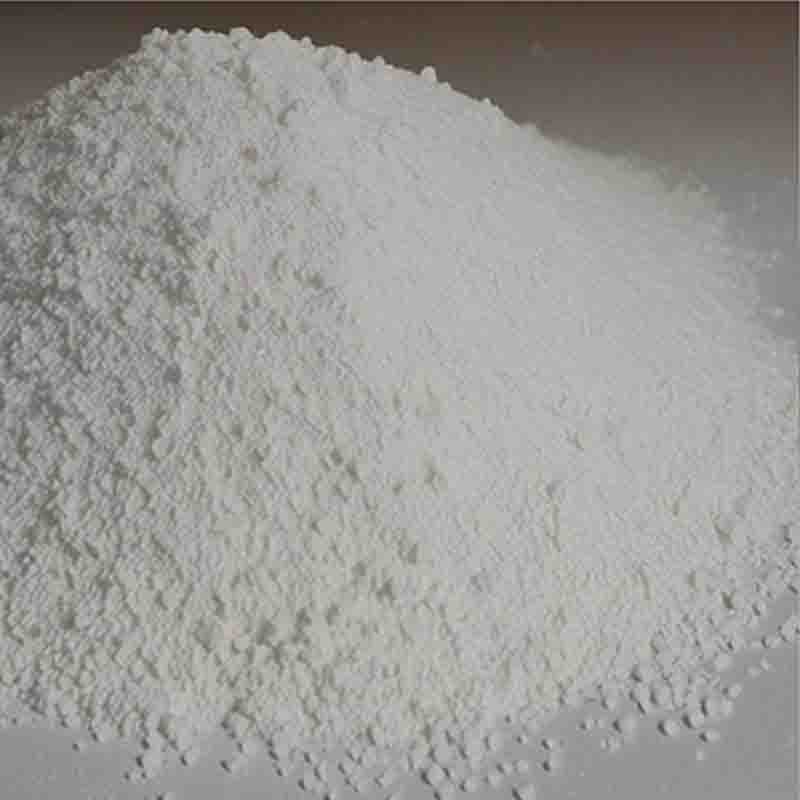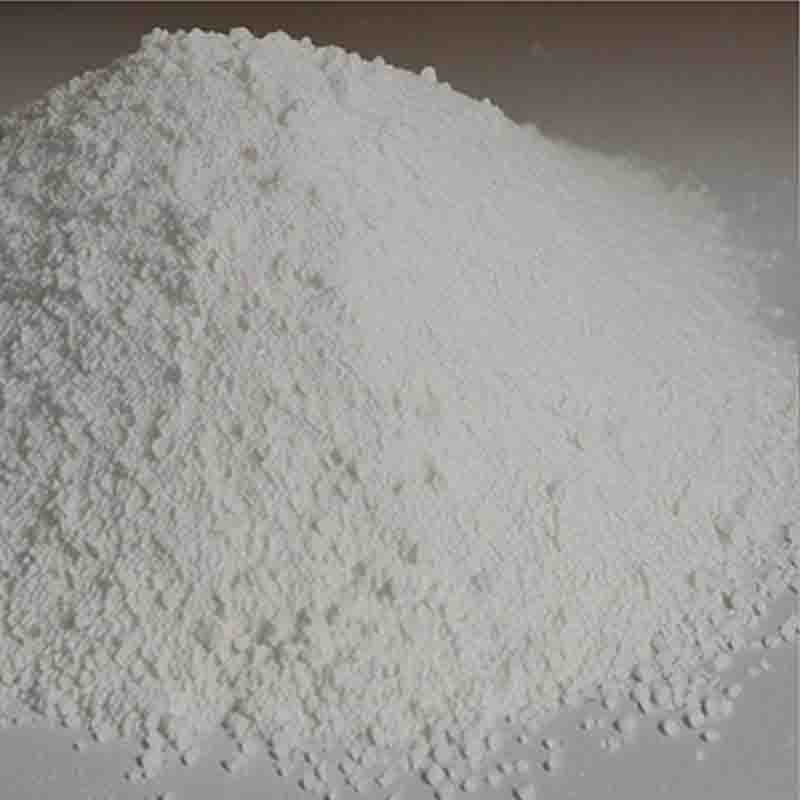2,3,4,6-Tetrakis-O-trimethylsilyl-D-gluconolactone CAS: 32384-65-9
| Catalog Number | XD93371 |
| Product Name | 2,3,4,6-Tetrakis-O-trimethylsilyl-D-gluconolactone |
| CAS | 32384-65-9 |
| Molecular Formula | C18H42O6Si4 |
| Molecular Weight | 466.87 |
| Storage Details | Ambient |
Product Specification
| Appearance | White powder |
| Assay | 99% min |
2,3,4,6-Tetrakis-O-trimethylsilyl-D-gluconolactone (TMS-D-glucose lactone) is a chemical compound known for its applications in organic synthesis, particularly in the field of carbohydrate chemistry. It is a derivative of D-glucose, a naturally occurring sugar, and possesses unique properties that make it useful in various chemical reactions.One of the primary uses of TMS-D-glucose lactone is as a protecting group in carbohydrate chemistry. Carbohydrates, including sugars, can have multiple hydroxyl groups, which can react with other reagents or undergo unwanted transformations during synthesis. By selectively protecting specific hydroxyl groups using TMS-D-glucose lactone, chemists can control the reaction outcomes and manipulate carbohydrate structures more effectively. After the desired reactions are complete, the protecting groups can be easily removed, revealing the desired product.TMS-D-glucose lactone also finds applications as an intermediate in the synthesis of more complex carbohydrate derivatives. By selectively modifying the hydroxyl groups of TMS-D-glucose lactone, chemists can introduce a wide range of functional groups or other substituents into the carbohydrate molecule. This allows for the creation of diverse carbohydrate-based compounds with potential applications in pharmaceuticals, cosmetics, and materials science.In addition, TMS-D-glucose lactone is utilized in the synthesis of glycosyl donors for glycosylation reactions. Glycosylation is a key step in the formation of glycosidic bonds, which are essential for the construction of carbohydrates and glycoconjugates. TMS-D-glucose lactone can be transformed into glycosyl donors, which act as reactive intermediates in glycosylation reactions, enabling the attachment of carbohydrates to other molecules.Furthermore, TMS-D-glucose lactone is employed in the production of carbohydrate-based polymers. By subjecting TMS-D-glucose lactone to polymerization reactions, chemists can create polymer chains or networks with carbohydrate backbones. These carbohydrate polymers can possess unique properties and may find applications in areas such as drug delivery systems, bioengineering, and biomaterials.It is worth noting that TMS-D-glucose lactone should be handled with care due to its moisture and air sensitivity. It is typically stored and handled under nitrogen or argon atmospheres to prevent degradation.In summary, 2,3,4,6-Tetrakis-O-trimethylsilyl-D-gluconolactone (TMS-D-glucose lactone) is a versatile compound widely used in carbohydrate chemistry. Its primary applications include protecting group chemistry, intermediate synthesis, glycosyl donor formation, and the production of carbohydrate-based polymers. By employing TMS-D-glucose lactone in these processes, chemists can achieve better control over carbohydrate reactions and create diverse carbohydrate derivatives with potential applications in various fields.









